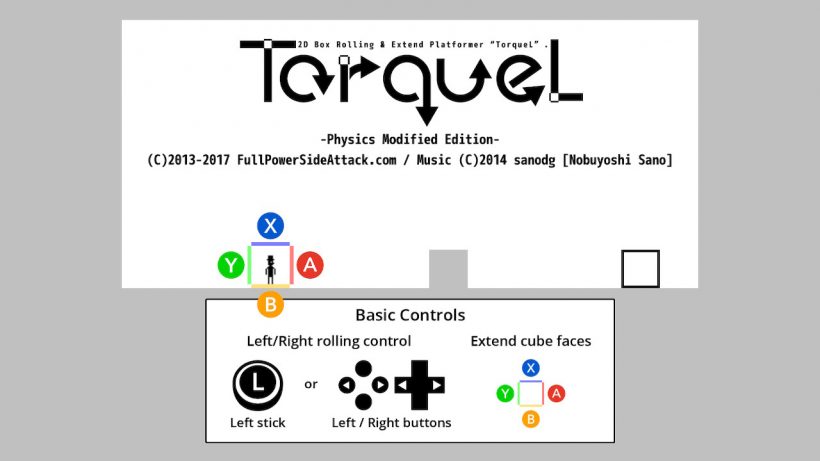See you in TorqueL.
If you’ve seen a Thor movie then you’re probably familiar with the sight of the Norse god spinning his hammer before using it to launch himself into the air. Using the power of momentum the titular hero can fire himself in any direction he wishes. Now imagine that instead of a hammer, he has four hammers – one for each limb. As he flies through the air each hammer is pulling in a different direction, his wildly flailing arms being pulled in this direction then that direction. Now you’ve got that image in your head you’re close to the chaos that the square in TorqueL creates when you want to move it.
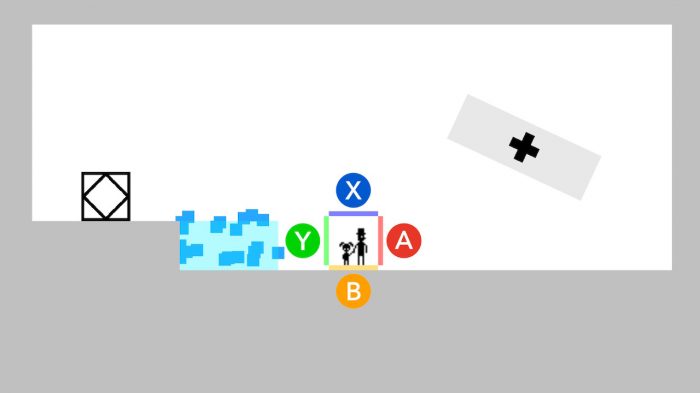
TorqueL is an unapologetically simple game. You control a box that can roll left or right. The four face buttons on your controller make rectangles extend from a specific side of the cube. The first effect is that you can push your square in any direction, allowing you to tip over and pivot around obstacles. Another strange effect is that extending the square’s “body” shifts the weight of your box allowing you to tip over corners. Another – somewhat crazier – effect is the change in the centripetal force. Suddenly you’ll find your box spinning around in the air as it lunges from one spot to another.
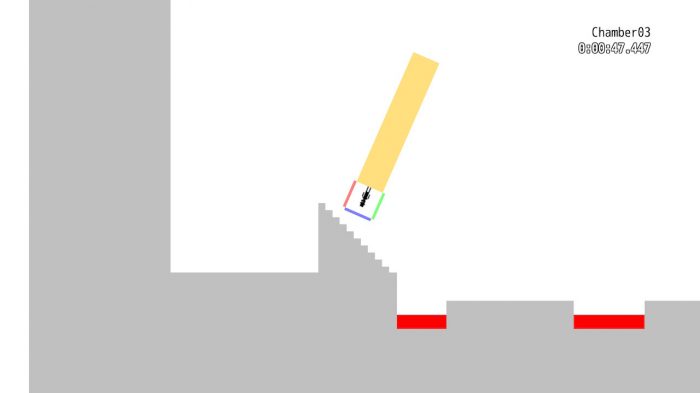
All this would have the makings of a great puzzle game. Unfortunately, fullpowersideattack.com decided that they weren’t making a puzzle game, they were making an arcade platformer. The levels are short and sharp but also incredibly frustrating. And it’s not because of the levels themselves; it’s the control of the square and its extension mechanic. You see, when you start a level it’s very simple. The top button, X, extends upwards. The bottom button, B, creates a downward extension. Y and A are left and right. Simple. That is until you tip over. The buttons remain the same but now the orientation changes. While your cube is spinning along and you’re trying to extend to catch a platform or launch yourself upwards you need to know which button will extend which side. But you lose track and invariably it just becomes a guessing game when you hope that you’ve pressed the right button at the right time. Because you die so many times, the respawn time of just a few seconds soon grates too.
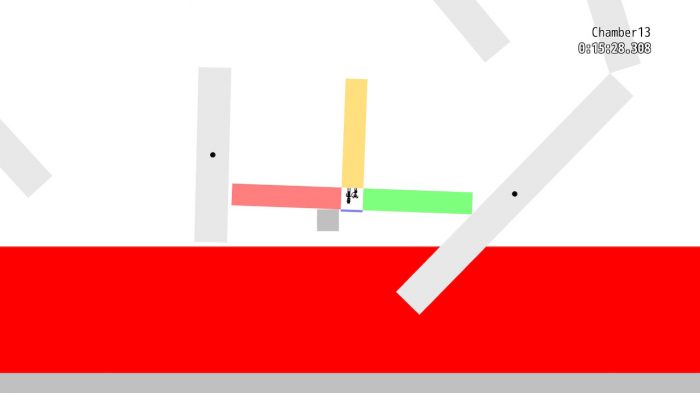
The graphics are very simple polygons of single shade colours. There is a lot to be said for this art style and if I made a game I’d probably do something similar. But that’s because I lack the talent to create something more dynamic. TorqueL’s first impression is that of a game that wouldn’t tax a Commodore Vic 20.
On the other hand, the music is a weird blend of synths that only plays while you’re moving. The quicker your cube rolls or spins the more the music speeds up reminiscent of a DJ mixing 1980’s video game music. It’s surprisingly effective and gives an otherwise uncharacteristic box have some charm.
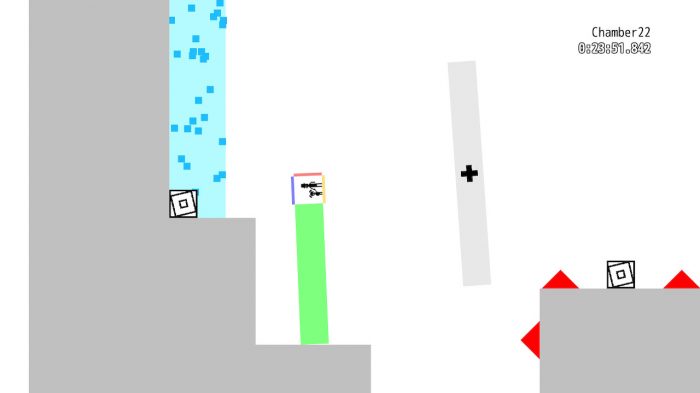
Overall TorqueL has the design finesse of a game made in Scratch. Though I’m sure that effort has been put into this game, it’s asking a lot of the average player to tolerate the constantly changing velocity and orientation on a barren canvas.
Summary
TorqueL has a unique mechanic and the potential to be a fun little game. But the physics that makes it interesting is the same thing that makes it barely playable. Hardcore gamers might get some fun and challenge from this, but it really does feel more like a game suited to mobile than a fully fledged console game.

